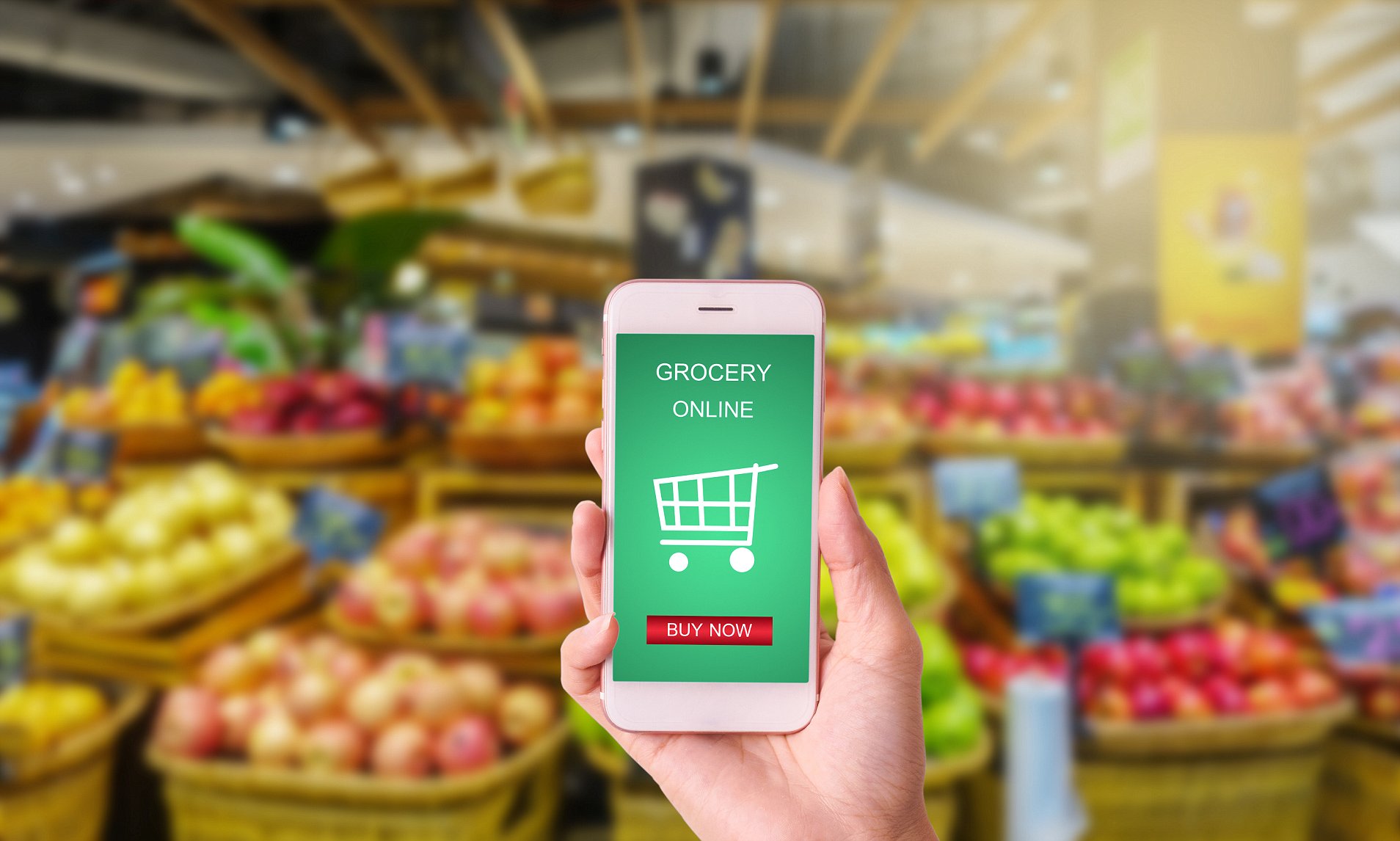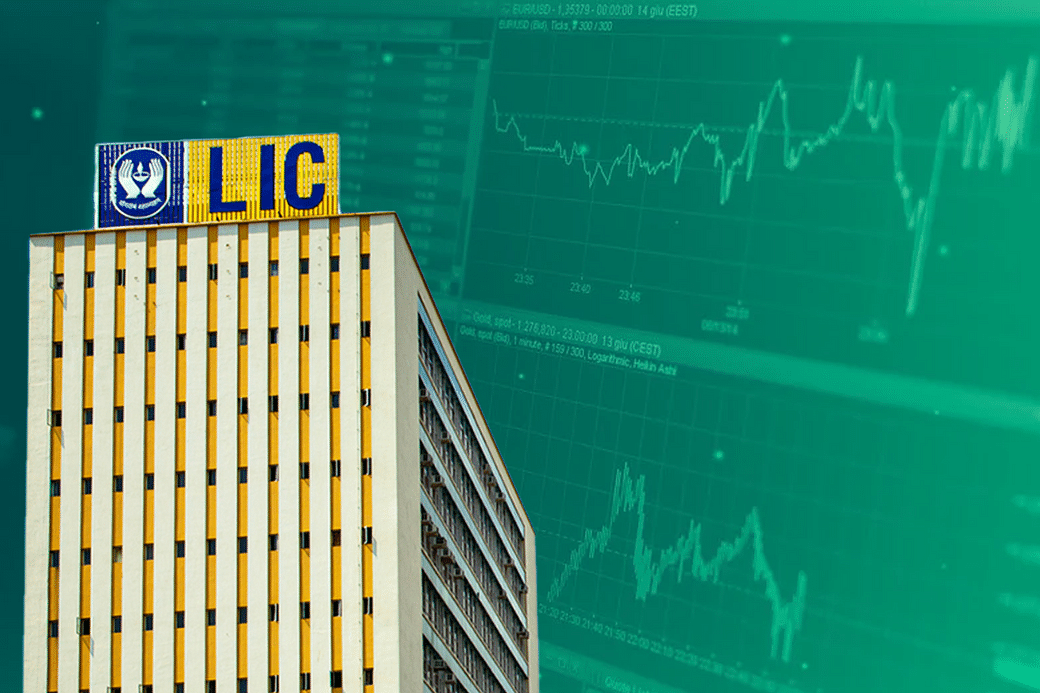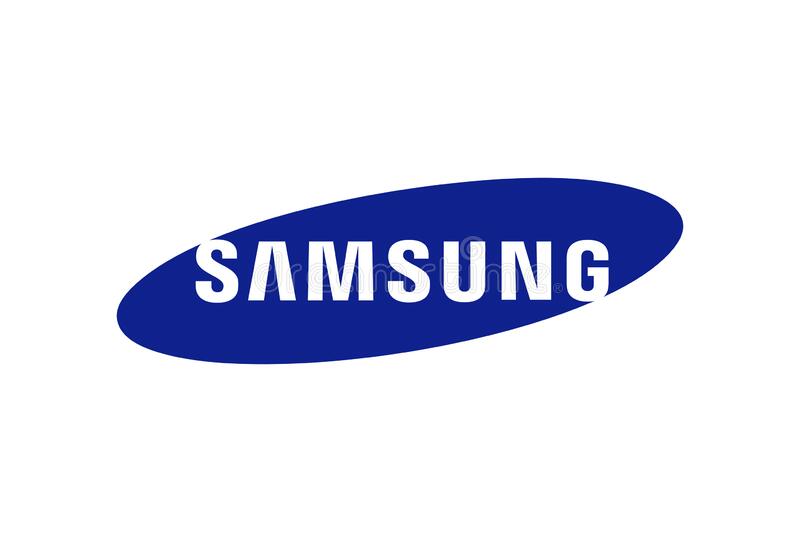India’s online grocery market stood at US$ 3.95 billion in 2021 and will grow at a CAGR of 33% by 2028. The growth in India’s online grocery market is due to various factors like urbanization, changing lifestyles due to the pandemic, tech-savvy generation, expanding e-commerce business, growing disposable income, etc. Moreover, Busier lifestyles and growing income have made people choose online platforms for grocery shopping which are more convenient and safer than visiting an offline store. The preference is also increasing because of the COVID-19 pandemic and social distancing norms.
India’s online grocery market will grow significantly in the upcoming years. Additionally, no contact delivery and digital payments attract consumers to buy from platforms like Blinkit (earlier Grofers), BigBasket, etc. The new normal in India focus on hygiene and safety factors. Moreover, getting groceries at the doorstep with a few clicks is convenient.
Increasing smartphone and internet penetration has also supported Indi’s online grocery market’s growth. Further, the government is promoting the digital economy and literacy which will speed up the industry’s growth. Tier I cities like Mumbai, Bangalore, Chennai, and Delhi drive the growth of India’s online grocery market. It is due to better logistical support, digital literacy, and high-speed internet.
Mode of payments in India’s online grocery market
The growth of India’s online grocery market is because of one important reason i.e., increasing preference for digital payments. Post pandemic world prefers to make payments via online modes, especially through UPI (Unified Payment Interface), net banking, debit cards, credit cards, etc. The dependence on cash transactions is reducing but it still has a substantial share in India’s online grocery market. It is because of the popular cash-on-delivery option provided by various platforms for the rural and the unbanked segments of the country. Moreover, some consumers in Tier II and Tier III cities still prefer cash payments due to the lack of digital literacy, banking facilities, internet connections, and confidentiality associated with digital payments. But after the pandemic, there is a boost in the online market segment compared to the pre-pandemic world.
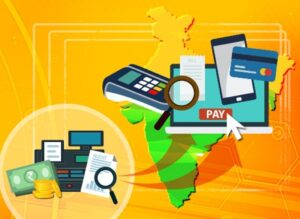
Product Types in India’s online grocery market
- Fruits and Vegetables
- Food grains, Oil and Masala
- Bakery and dairy products
- Beverages (example- coffee)
- Snacks and branded foods
- Beauty and Hygiene (example- toothpaste)
- Household products (example- detergent)
- Egg, Meat, and Fish
- Baby care products
- Others

Regional Analysis of India’s online grocery market
South India witnessed the highest growth in terms of revenue in 2020. It was because of the presence of dominant players like BigBasket, Blinkit, Amazon India, etc. The highest number of consumers were from Chennai and Bangalore. BigBasket was the most preferred among all other online grocery platforms in South India.
West India witnessed the second-highest growth. The upsurge is mainly due to technically advanced millennials and working women. Pune and Mumbai prefer buying groceries from online platforms due to comfort and convenience.
Players in India’s online grocery market
Grocery Specialists
BigBasket and Blinkit (earlier grofers) dominate 70-80% of India’s online grocery market.
BigBasket is India’s first online retail store. In 2020, the company touched an annual sale run rate of US$ 1 billion. It sold 18,000 products and received 3,00,000 orders daily. Later in 2021, Tata Group acquired 64% of the company for around US$ 1.2 billion. And as of now, the company caters mainly to Tier III and Tier IV cities. It has adopted a community buying approach. It plans to roll out an express delivery service called BB Now wherein groceries will be delivered within 15 to 30 minutes of placement of order.
Blinkit, formerly known as Grofers, is an online essential and grocery delivery business. It delivers 1.25 lakh orders daily and operates in 30 cities of India. It has signed up for a merger with Zomato. Blinkit raised US$ 100 million from Zomato before entering the unicorn club. It was an all-stock deal. After the approval of CCI, SoftBank will get a 4% stake in Zomato. The deal is happening at a time when Blinkit has laid off employees, intense competition, shuttered dark stores, and delayed vendor payments.
Horizontals
E-commerce platforms such as Amazon, Flipkart, and Paytm are investing in quick commerce since it is a huge addressable market.
Amazon acquired Whole Foods for US$ 13 billion so that consumers can place orders from Amazon Fresh and pick up their orders from the nearest Whole Foods stores. It is acquiring more retail chains. The same model is used in the USA.
Later, pick-up for online orders came into the picture. Amazon aims to observe how Indian consumers value delivery of groceries on doorsteps compared to placing orders and then picking up the same. All consumers get a two-hour free delivery if the order value is more than ₹600. There is no minimum order value. But orders below ₹600 may attract a delivery fee. Later, Amazon informed that the Prime users also have to pay a fee for Whole Food deliveries.
In February 2021, Amazon merged both Pantry (large grocery orders) and Fresh in cities where both operated separately. In the remaining cities, it continues to offer pantries where Fresh is unavailable. Amazon Fresh earlier used to work as Prime Now. But the Prime Now app has been shut down globally.
Daily essential players
Companies like DailyNinja have a business model that depends on tie-ups with milkmen. They focus on daily essentials like milk, eggs, and other dairy products. They have narrow assortments but high-frequent orders.
Omnichannel
Players like Reliance Retail, Nature’s Basket, and DMart have retail stores as well as use their websites for orders. They have a physical and an e-commerce play.
Meat, and other specialties
Start-ups like FreshToHome focus on poultry products like chicken, fish, etc. Even though they have a limited customer base but they experience high-value purchases.
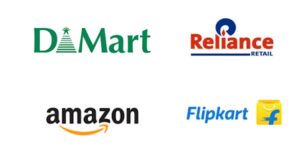

Conclusion
To sum up, India’s highest retail spending is on food and grocery. The online grocery market still represents less than 0.3% of all the food and grocery spending. A large part of it is still unorganized. However, with the surge in demand, escalating omnichannel presence, entry of big players like JioMart and Flipkart, internet penetration, etc., people are shifting towards e-grocery. More than 25% of organized growth can come from the online grocery in the upcoming years. For traditional players, e-commerce is no longer an option but a necessity.
The market is highly competitive and challenging. Moreover, venture capital and private equity investments in the sector are fueling up. Creating a profitable strategy is significant.

